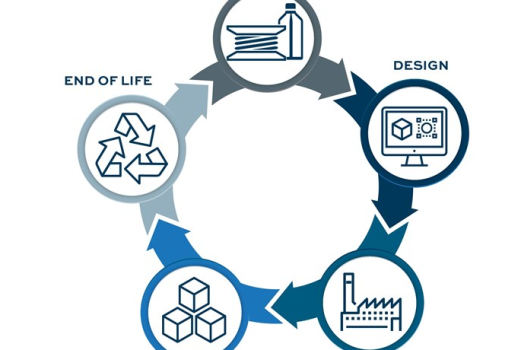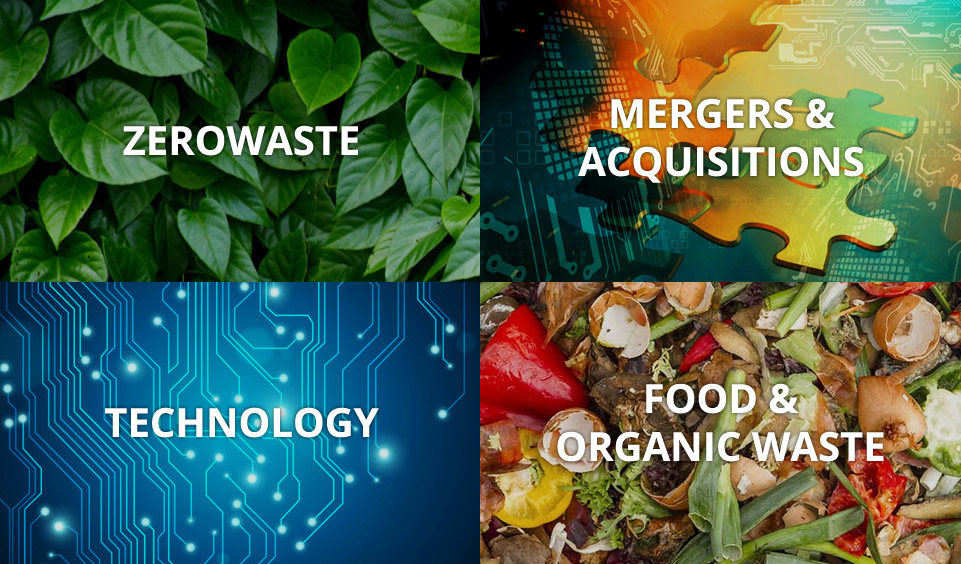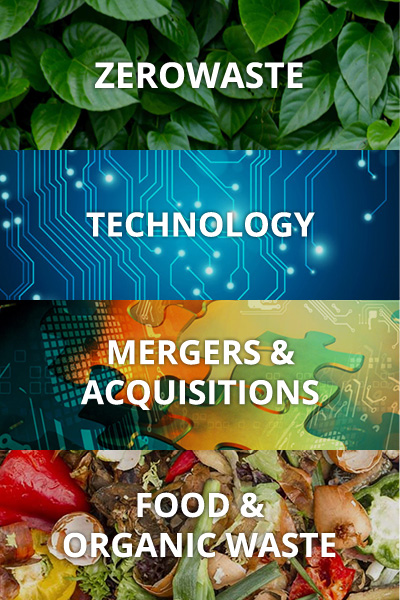
Solid Waste is one of the most significant environmental problems faced by businesses today. Every year, businesses produce billions of tons of solid waste, which includes everything from packaging and office supplies to manufacturing scraps and electronic waste. This waste takes up valuable space in landfills, pollutes the air and water, and contributes to climate change.
The effects of solid waste on business environments are both direct and indirect. The direct effects are those that are immediately visible, such as an overflowing dumpster or a foul smell coming from a factory.
Indirect effects are those that are not immediately apparent but can still have a significant impact on the environment, such as leachate contamination of groundwater or greenhouse gas emissions from decomposing waste.
The following are seven of the most significant effects of solid waste on business environments:
1. Landfills
Solid waste takes up valuable space in landfills, which can lead to environmental problems such as soil contamination and groundwater pollution. In addition, landfills are a major source of methane gas, a greenhouse gas that contributes to climate change.
2. Pollution
Solid waste can pollute the air, water, and soil. Air pollution from solid waste can come from emissions from landfills or incinerators, while water pollution can occur when leachate (liquid waste) from a landfill contaminates nearby waterways. Soil contamination can happen when hazardous materials in solid waste leak out and seep into the ground.
3. Health Risks
The health risks associated with solid waste include respiratory problems, cancer, birth defects, and other illnesses. These health risks can come from exposure to hazardous materials in solid waste, such as asbestos, lead, and mercury.
4. Wildlife Impact
Solid waste can hurt wildlife, both directly and indirectly. The direct impacts include animals getting entangled in or ingesting litter, while the indirect impacts include habitat loss and pollution.
5. Aesthetics
Litter and other forms of solid waste can make an area look unsightly, which can deter businesses and customers from patronizing a particular location. For instance, a business park with a lot of litter may not be as appealing to potential tenants as a clean and well-maintained park.
6. Economic Costs
The costs associated with solid waste management can be significant, particularly for businesses that produce large amounts of waste. These costs include disposal fees, cleanup costs, and lost revenue from customers who are deterred by litter and other forms of solid waste. There are many ways to reduce the economic costs of solid waste, such as recycling and composting.
7. Climate Change
Solid waste contributes to climate change in two ways: through methane emissions from landfills, and the production of greenhouse gases from incinerators. Climate change can have several impacts on businesses, including increased costs from extreme weather events and lower productivity due to heat waves and other weather-related disruptions. In the long run, climate change could lead to devastating impacts, such as the loss of coastal communities due to sea level rise.
And reducing the amount of solid waste produced by businesses is essential to protecting the environment. There are several ways to do this, including recycling, reusing, and composting. In addition, businesses can reduce their solid waste output by reducing packaging, using renewable materials, and avoiding single-use products.
The bottom line is that the effects of solid waste on business environments are significant and far-reaching. businesses need to be aware of these impacts and take steps to reduce their solid waste output to protect the environment and themselves.



